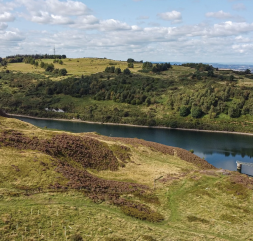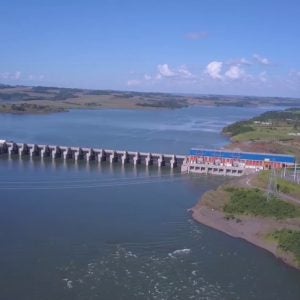
Glen Earrach Energy Limited (GEE) has unveiled plans to develop what it has described as the UK’s most efficient pumped storage hydro (PSH) project. The 2GW facility – to be located at the Balmacaan Estate, Scotland – aims to supply clean, reliable energy to millions of homes across Britain, supporting the nation’s transition to net zero emissions and reducing electricity costs.
The pumped storage project, leveraging the geography of Loch Ness, will deliver up to 30GWh of clean energy, sufficient to power over a million fully decarbonised homes. The £2-3 billion investment is expected to create at least 600 on-site construction jobs over six years, with additional employment opportunities in the local supply chain.
GEE has started consultations with local communities, businesses, and government agencies to integrate the project into the environment and the community. The company is working with a consortium of advisors and experts, including AECOM, Alpiq, Frontier Economics, and LCP-Delta, and has submitted a scoping request to the Scottish Government’s Energy Consents Unit.
GEE’s project is projected to reduce the energy grid’s carbon footprint by 10% and save £2 billion in grid operating costs. The project’s efficiency is attributed to the substantial height difference between the upper and lower reservoirs, optimizing power generation while minimizing the impact on Loch Ness water levels. Central grid proximity to existing wind farms increases the potential efficiency of the project.
“International experts have identified Glen Earrach Energy’s pumped storage hydro project as the most efficient in the UK, possibly even Europe. It will be needed to help Britain get to net zero,” commented GEE Director, Roderick MacLeod. “We deeply care about the Balmacaan Estate and are committed to engaging with the local community, businesses, and government. We’re actively seeking their views on how to maximise the project’s positive impact on the area”.
GEE supports the UK government’s proposed income floor, advocating for the prioritization of efficient, cost-effective, and sustainable projects to ensure they are self-financing and minimize the need for government support.






